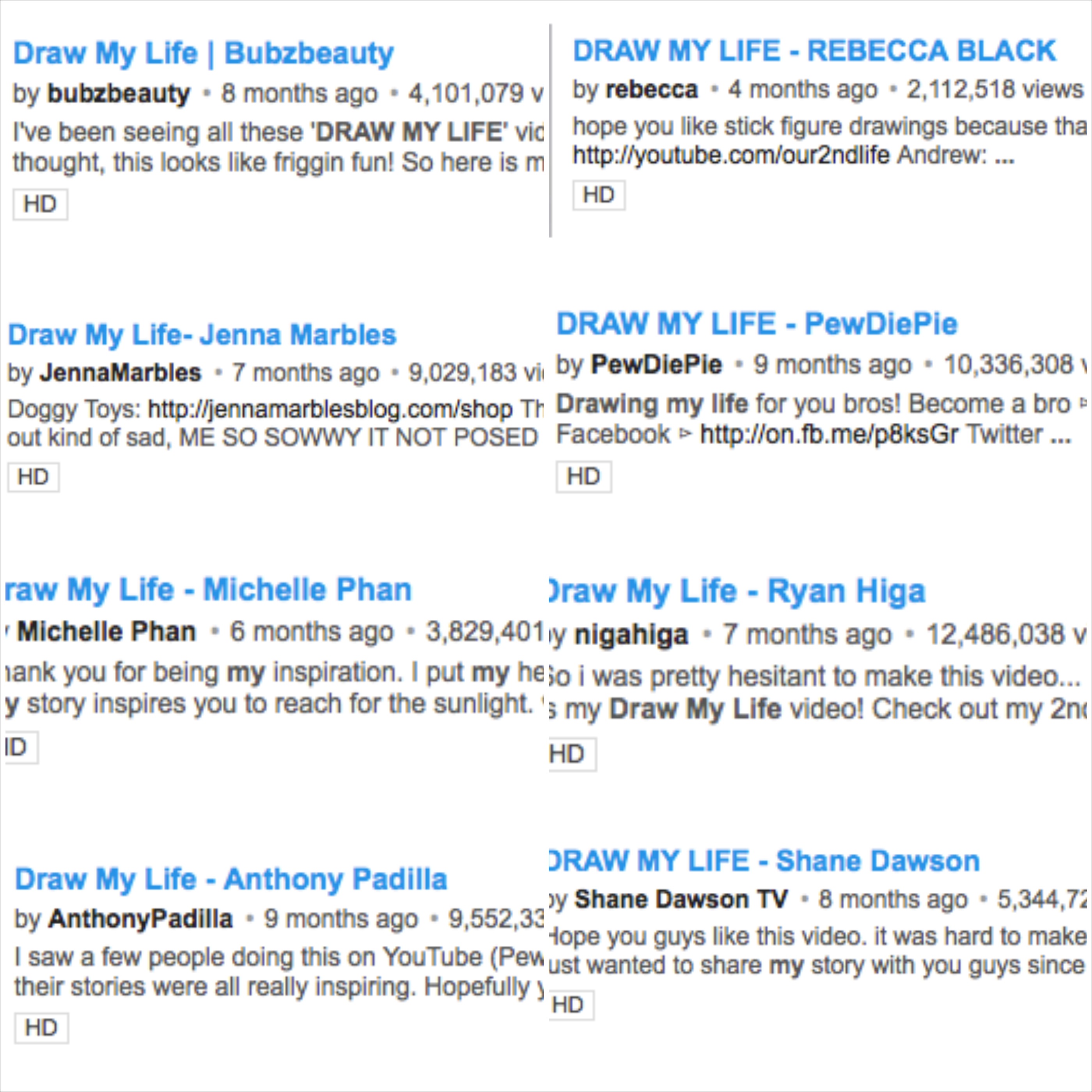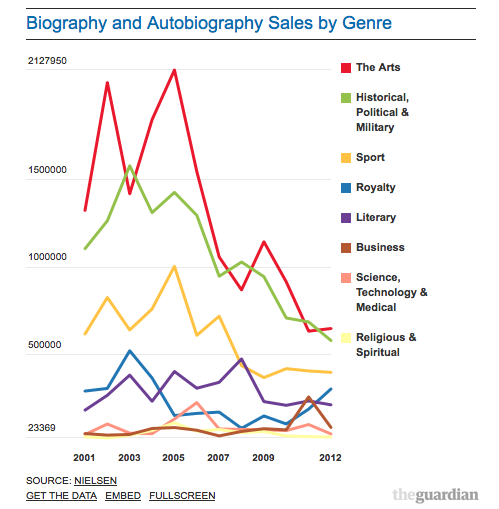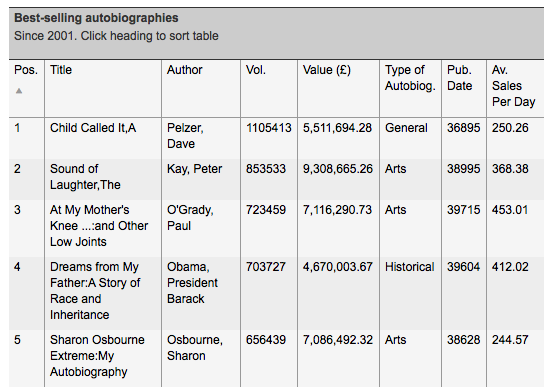My experience at the CAP Conference has been rewarding, – it was really interesting to see how the presentations from the different stream intersected, but also offered a perspective that is unique to their stream.
A persistent theme that I found in all the presentations is the issue of power. In the last panel, Ji Hyun Lee’s presentation on “Readers and Time: The Change in Worth and Value of Obasan by Joy Kogawa” illustrates the power of minority narratives, but also the agency individuals who take up the narratives. The way in which Obasan was received by its audience had a profound affect on Canadian society. The popularity of the book amongst its readers led to a growing interest and awareness of Japanese-Canadian experiences in the 20th century, which in turn led to a growing demand for redress.
I think that this presentation furthers the focus of our studies in ASTU this year. While we’ve studied life narratives in relation to representation, identity, memory, and resistance, Ji’s presentation prompted me to think more about our roles as consumers of life narratives, and the influence we can have on the public sphere. While the consumption of life narratives can be detrimental to minority groups, individuals who take up these narratives also have the power to shape society, for the better. But thinking beyond ASTU, I think it’s important to reflect upon the impact we can have in society. Our daily actions, such as the language we use, the newspapers we read, or the ideas that we (re)produce can have an impact on both a local and global scale.
So what does it mean as we wrap up our year in CAP? One major skill that I will be taking away from this year is to continually to question, and be critical about the world that we perceive. THANK YOU(!) CAP for enlightening me this year. I (sort of) can’t believe that we’re (sort of) done.






